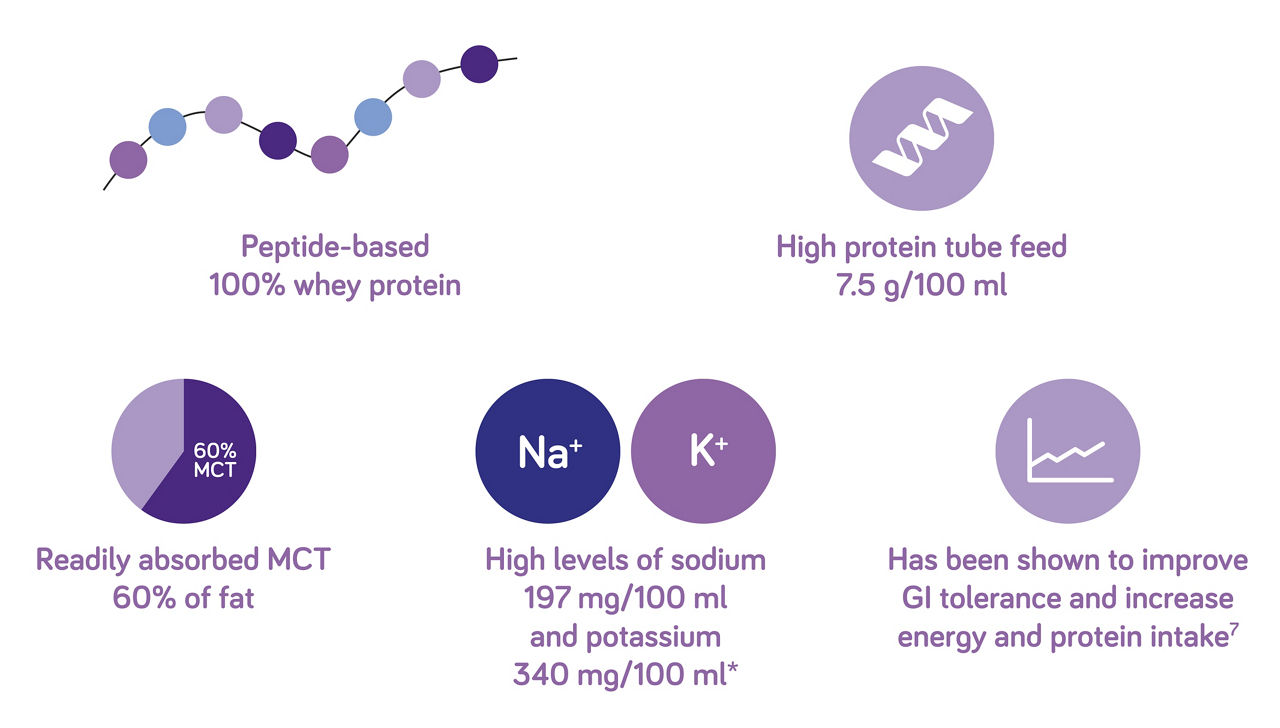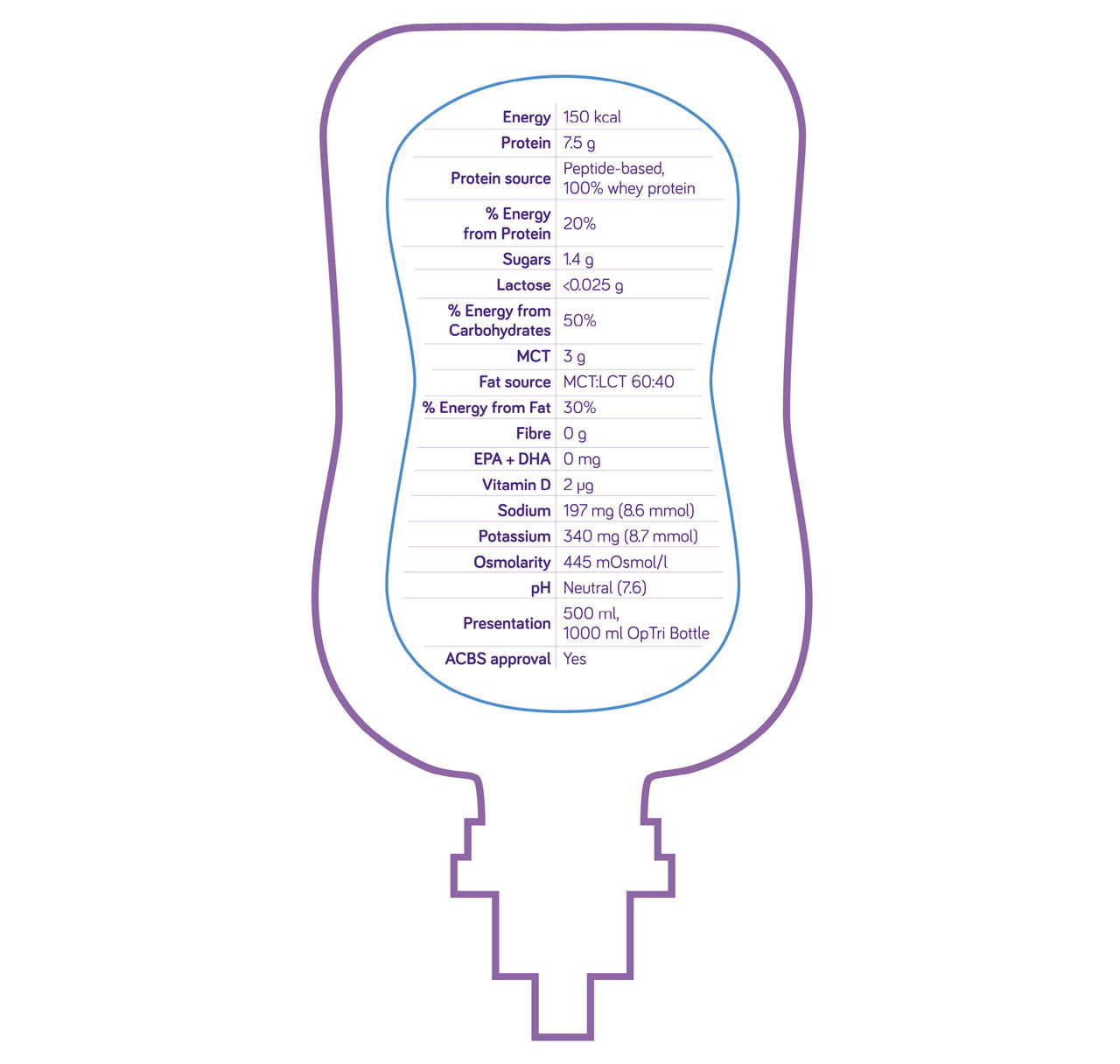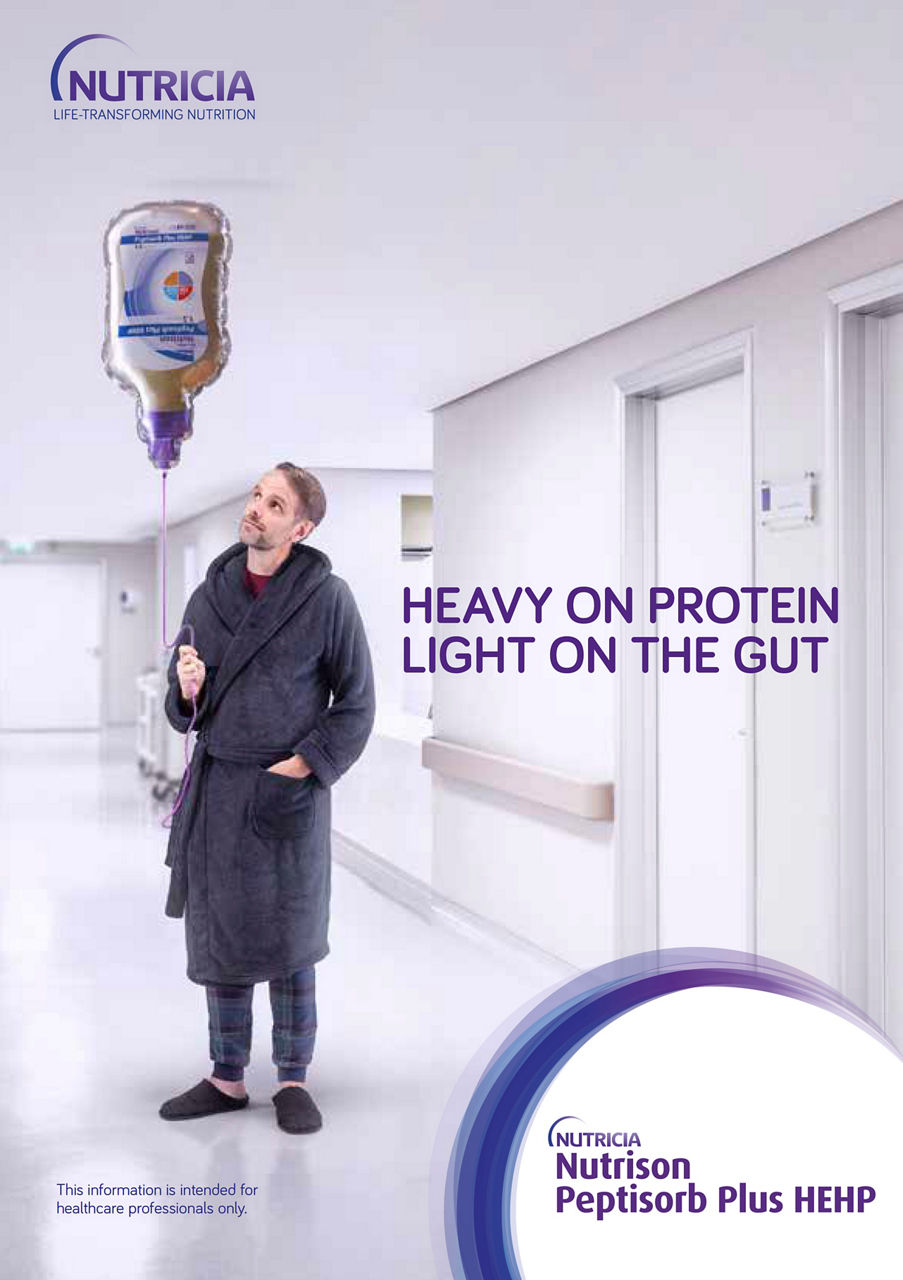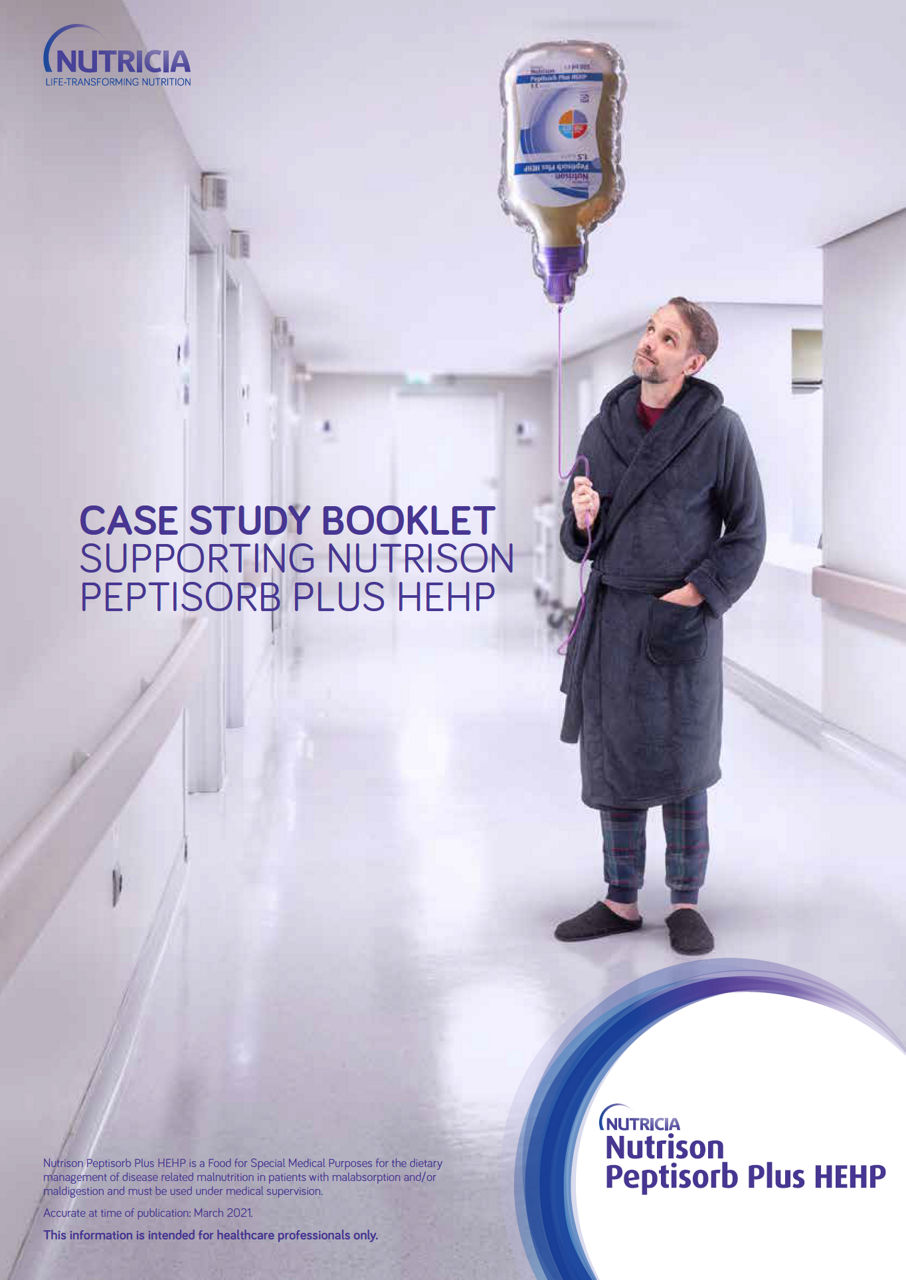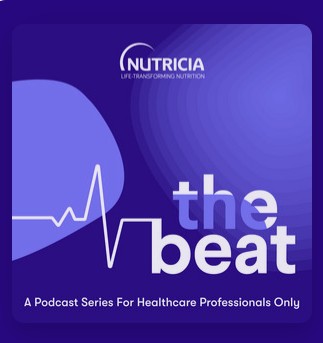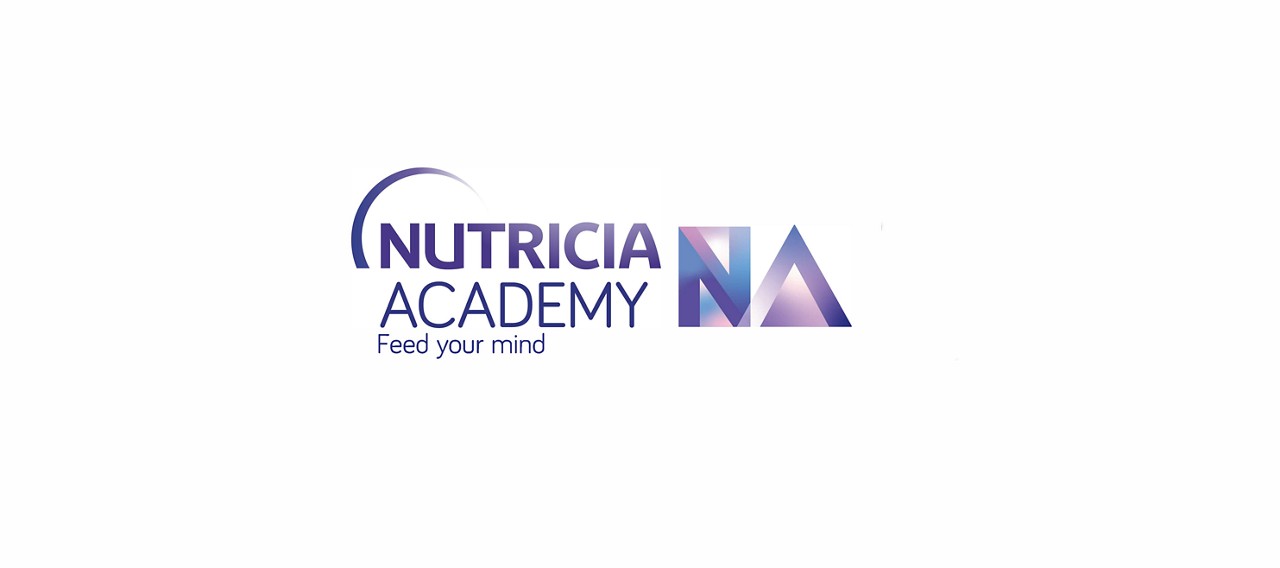Nutrison Peptisorb Plus HEHP
A peptide-based tube feed for patients with GI intolerance symptoms
A state of nutrition in which a deficiency of energy, protein, and other nutrients casues adverse effects on the body's size, composition and function resulting in poorer clinical outcomes.1
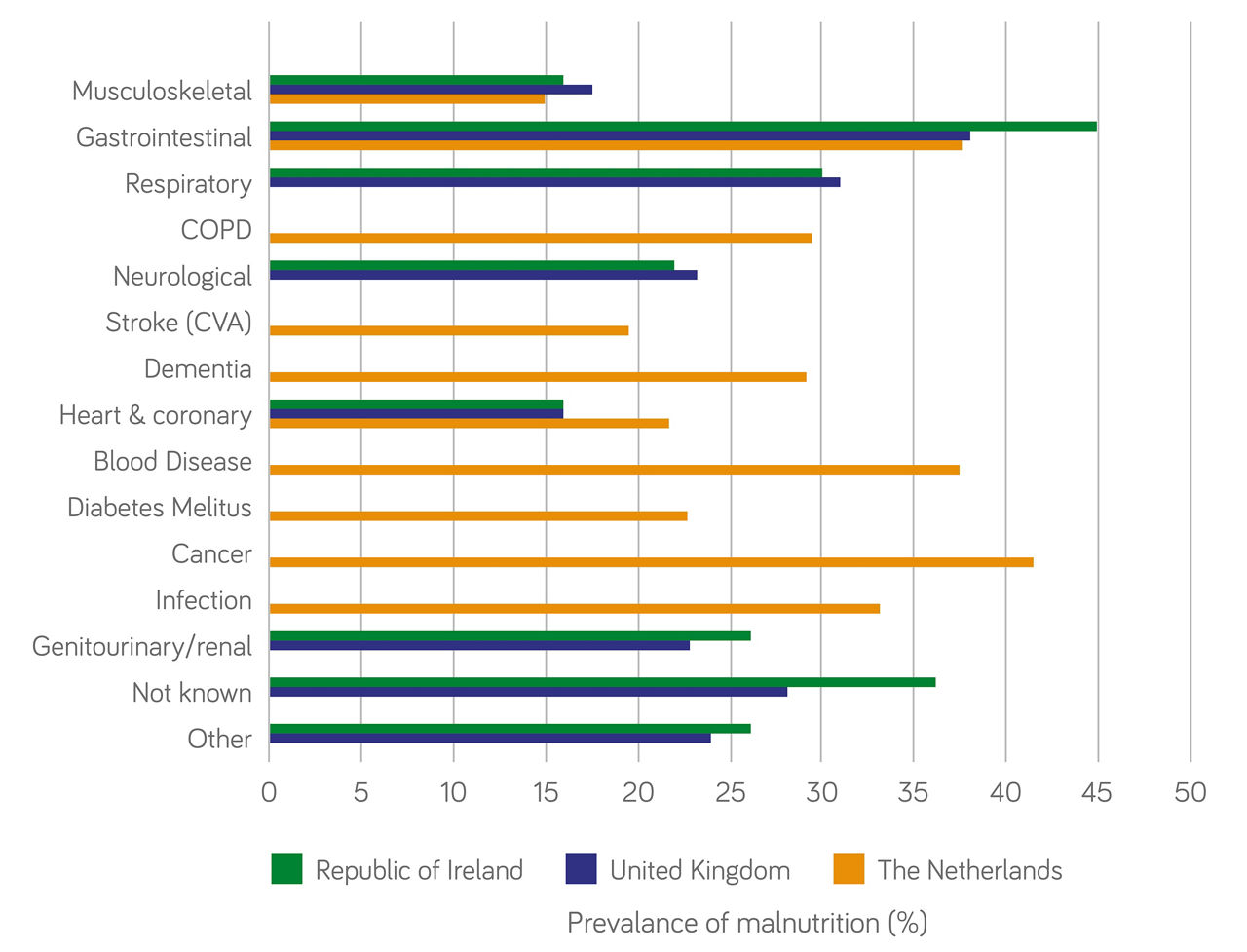
Malnutrition risk is common across many patient groups, with a particularly high prevalence (up to 45%) in patients with gastrointestinal (GI) orders2,3
Patients with GI disorders can present with several symptoms, such as diarrhoea, bloating, abdominal pain, and vomiting4.
If symptoms are improperly managed this may lead to:
- Reduced nutritional intake
- Increased nutritional losses
- Increased malnutrition risk
Nutritional support is vital for patients with GI disorders, as emphasised in several ESPEN guidelines.5,6
Tolerance to tube feeds containing whole proteins and fats is often poor in patients with GI disorders.4,7
In patients with GI disorders, when absorption and digestion of nutrients is impaired, peptide-based feeds have been shown to improve tolerance.4,7
Nutrison Peptisorb Plus HEHP is proven to improve GI tolerance and increase nutritional intake.7
Study Outline
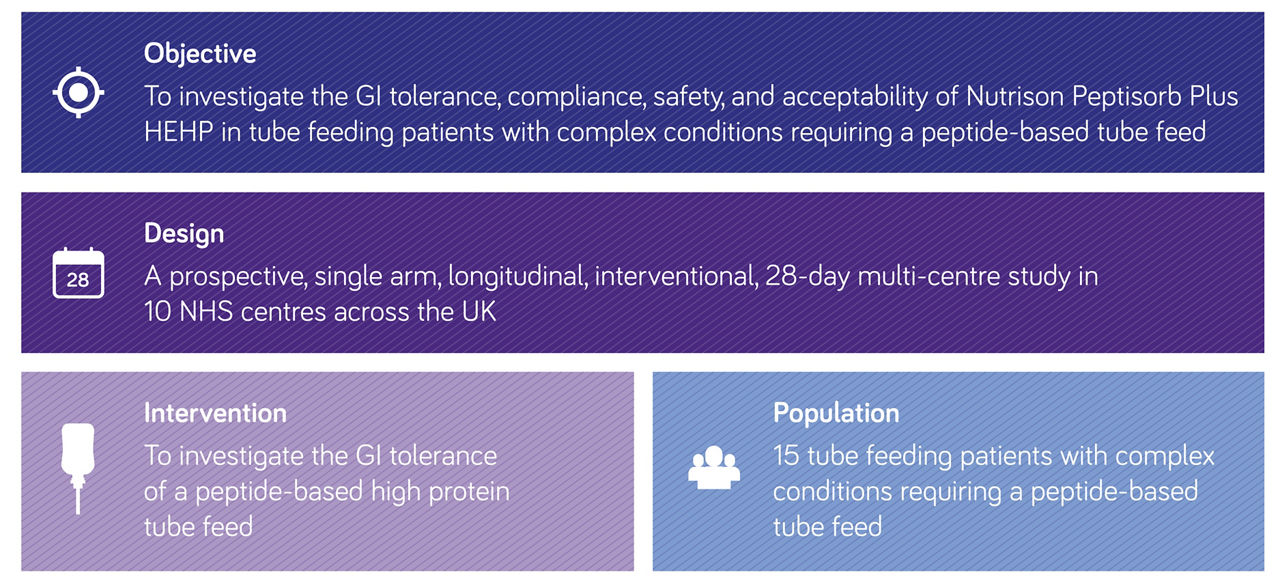
Patient Population Demographics
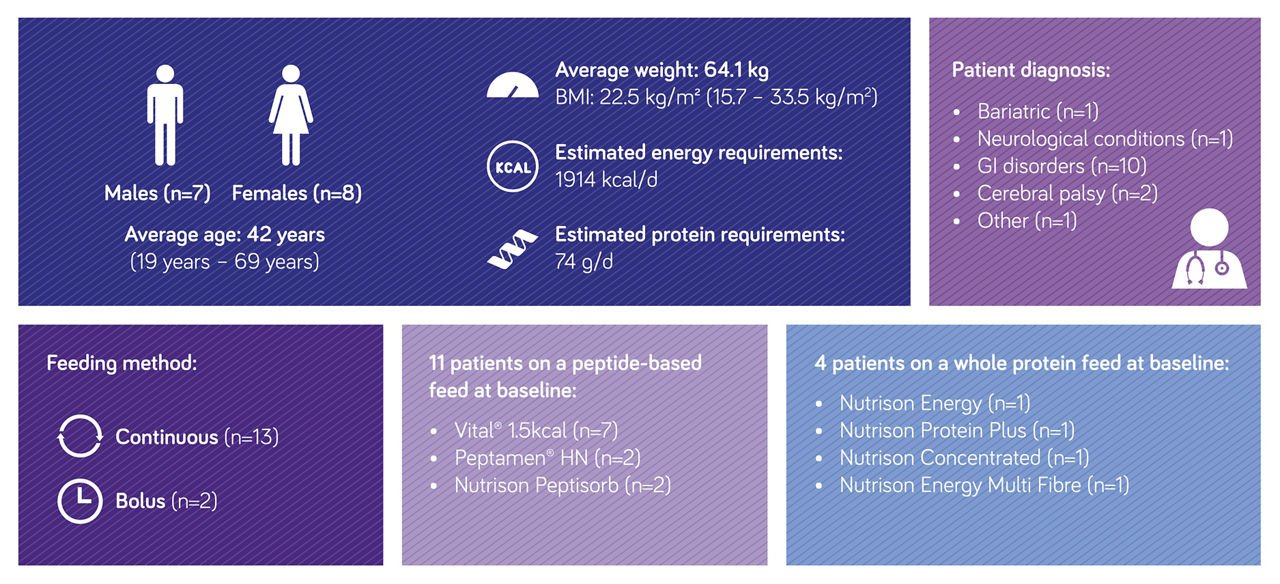
Trial Results
Nutrison Peptisorb Plus HEHP is suitable for patients with impaired GI function and can improve GI tolerance.
Nutrison Peptisorb Plus HEHP is well tolerated and accepted with excellent compliance:
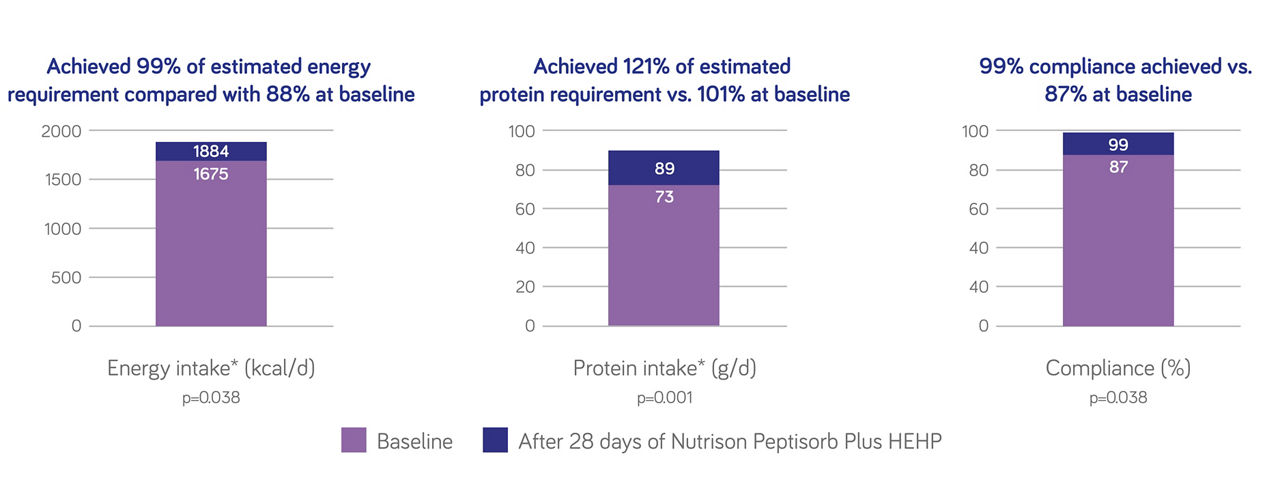
- No change in anthropometry
- 86% of dietitians felt patients tolerated and/or exceeded tolerance expectation.
*Intake from Nutrison Peptisorb Plus HEHP, other tube feeds, food, drinks, and oral nutritional supplements.
Nutrison Peptisorb Plus HEHP significantly reduced the severity of diarrhoea7
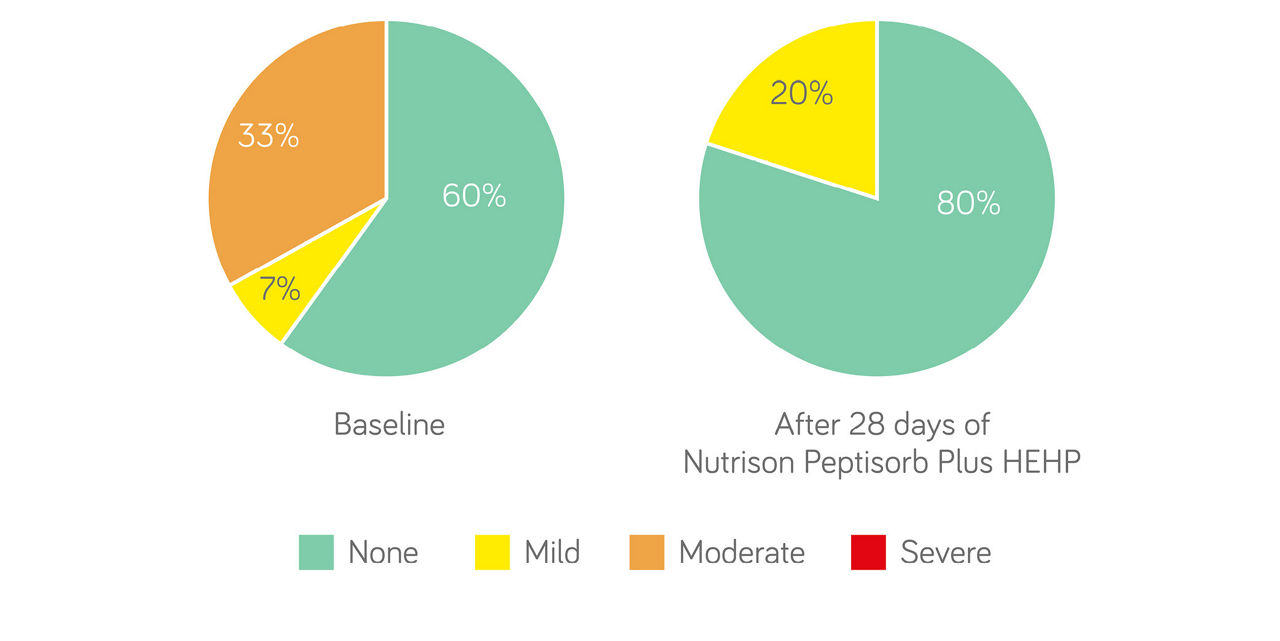
- Stratton R, Smith T, Gabe S. Managing malnutrition to improve lives and save money. 2018. BAPEN.
https://www.bapen.org.uk/pdfs/reports/mag/managing-malnutrition.pdf. - Meijers JM, Schols JM, van Bokhorst-de van der Schueren MA, et al. Malnutrition prevalence in The Netherlands: results of the annual Dutch national prevalence measurement of care problems. Br J Nutr. 2009; 101(3):417-23.
- Russell CA, Elia M. Nutrition Screening Week in the UK and Republic of Ireland in 2011. Hospitals, care homes and mental health units. Redditch; 2012.
- Alexander DD, Bylsma LC, Elkayam L, et al. Nutritional and health benefits of semi-elemental diets: A comprehensive summary of the literature. World J Gastrointest Pharmacol Ther. 2016; 7(2):306-19.
- Pironi L, Arends J, Bozzetti F, et al. ESPEN guidelines on chronic intestinal failure in adults. Clin Nutr. 2016; 35(2):247-307.
- Forbes A, Escher J, Hebuterne X, et al. ESPEN guideline: Clinical nutrition in inflammatory bowel disease. Clin Nutr. 2017; 36(2):321-47.
- Green, B, Sorensen, K, Phillips, M. et al. Complex Enterally Tube-Fed Community Patients Display Stable Tolerance, Improved Compliance and Better Achieve Energy and Protein Targets with a High-Energy, High-Protein Peptide-Based Enteral Tube Feed: Results from a Multi-Centre Pilot Study. Nutrients 2020; 12: 3538. https://www.mdpi.com/2072-6643/12/11/3538.
Help us provide information most relevant to you
Please ensure your role and areas of interest are up to date.
